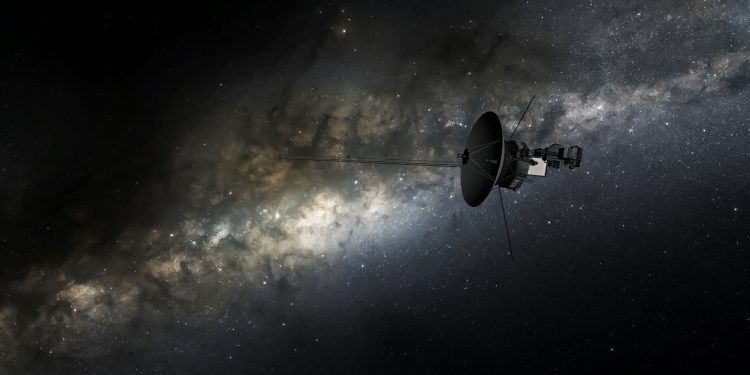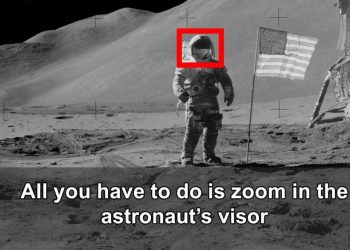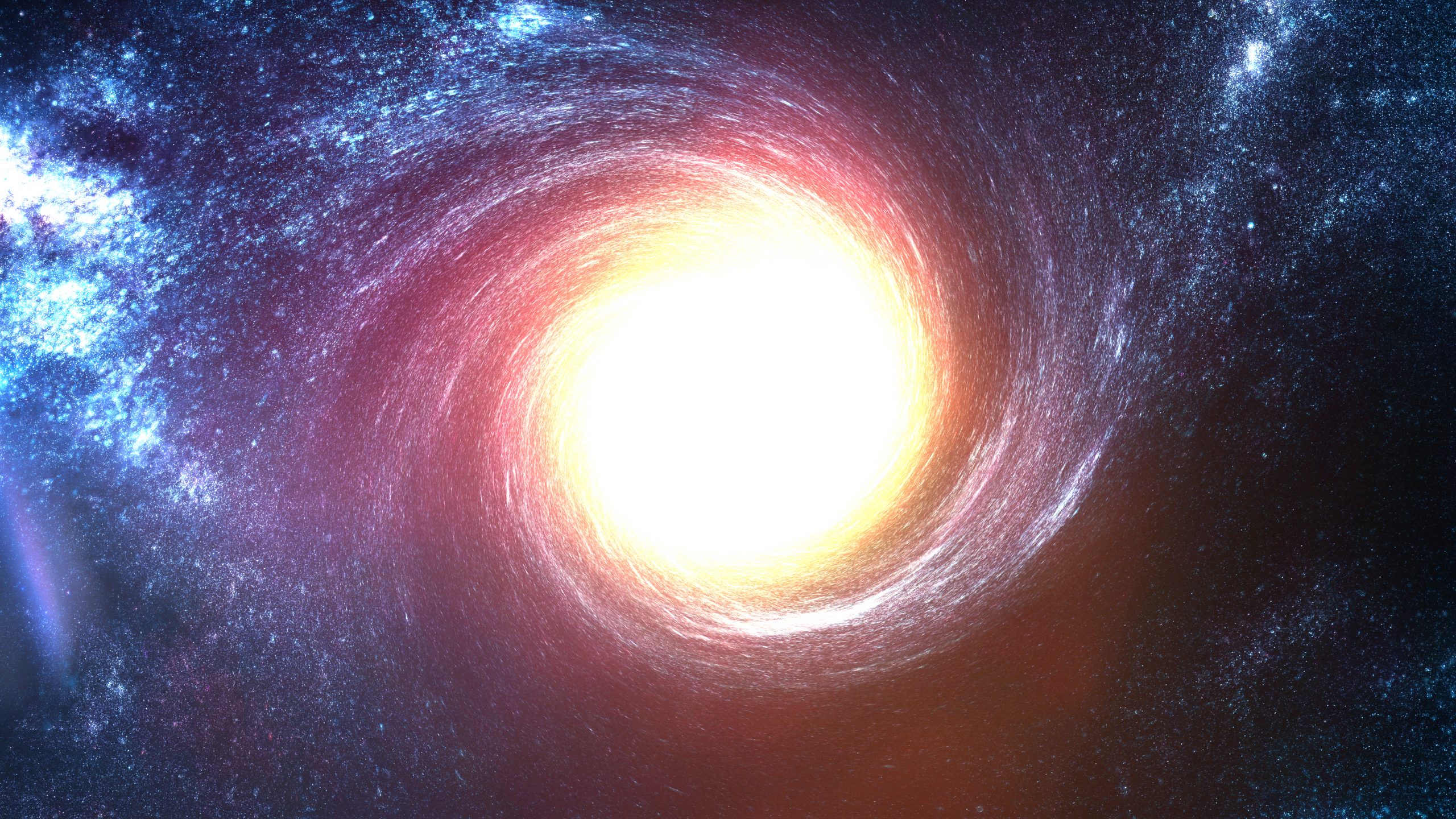In a remarkable feat of engineering, NASA has once again demonstrated its ingenuity by activating a dormant set of thrusters on Voyager 1, the most distant human-made object in space. Despite being over 15.3 billion miles away from Earth, the aging spacecraft continues to defy expectations, pushing the boundaries of space exploration long after its original mission.
This latest development comes after some of Voyager 1’s main thrusters began to lose efficiency, due in part to silicon dioxide buildup—a byproduct of a deteriorating rubber diaphragm in its fuel system. The engineers’ solution? Reactivate a secondary set of thrusters that had been idle for years, effectively extending the spacecraft’s operational lifespan.
Overcoming Distance and Time
Managing a spacecraft so far from Earth presents unprecedented challenges. Communication between NASA’s mission control and Voyager 1 takes over 21 hours each way, meaning engineers must carefully plan every maneuver with extreme precision. Reactivating these thrusters involved weeks of analysis, as the team balanced power needs with Voyager’s increasingly fragile systems.
Interestingly, this isn’t the first time NASA has had to get creative to keep the mission alive. In both 2002 and 2018, the engineering team executed similar thruster switches due to material buildup. However, with the spacecraft now in interstellar space—far beyond the solar system—its needs have become much simpler. The new thruster set helps maintain Voyager’s orientation toward Earth, ensuring ongoing data transmissions.
A Balancing Act of Power and Temperature
As Voyager 1 and its twin Voyager 2 drift further into space, power management has become a critical issue. Most of the spacecraft’s non-essential systems, including several heaters, have been powered down to conserve energy. However, to reactivate the dormant thrusters, the team had to carefully warm them up. The delicate balance involved turning off other systems to free up power, all while preventing damage from the cold.
On August 27, the team confirmed their approach had worked. By disabling one of the primary heaters, they freed enough power to warm up the thruster system and bring it back online. This careful energy management has allowed Voyager 1 to continue its journey, inching ever further into interstellar space.
The spacecraft’s resilience is extraordinary, but with power supplies dwindling, every decision moving forward will require even more scrutiny. Suzanne Dodd, Voyager’s project manager, emphasized the increased caution needed to maintain the probe’s operation. As both Voyagers continue their trek, engineers will face tougher choices, prioritizing which systems to keep running.
Voyager 1’s Legacy and Future
Launched in 1977, Voyager 1 has exceeded all expectations. Originally tasked with exploring Jupiter, Saturn, and Titan, the spacecraft completed its primary mission decades ago. Today, it remains one of the few human-made objects to venture into interstellar space. Its discoveries have reshaped our understanding of the solar system and beyond, providing invaluable data about the outer planets and the heliosphere’s boundary.
As NASA continues to navigate Voyager 1’s twilight years, there’s cautious optimism that the spacecraft will survive to mark its 50th anniversary in 2027. “My motto for a long time was 50 years or bust,” said Stamatios Krimigis, one of the original team members of the Voyager mission, in an interview earlier this year. With each new milestone, Voyager 1 continues to inspire generations of scientists and enthusiasts alike.
What’s Next for Voyager?
As Voyager 1 continues its journey, one question lingers: How much longer can it last? The spacecraft is operating on borrowed time, but with NASA’s careful planning and a bit of luck, it could continue transmitting valuable data for several more years. The lessons learned from Voyager’s extended mission could inform the future of space exploration, influencing how we design and manage deep-space missions in the years to come.











